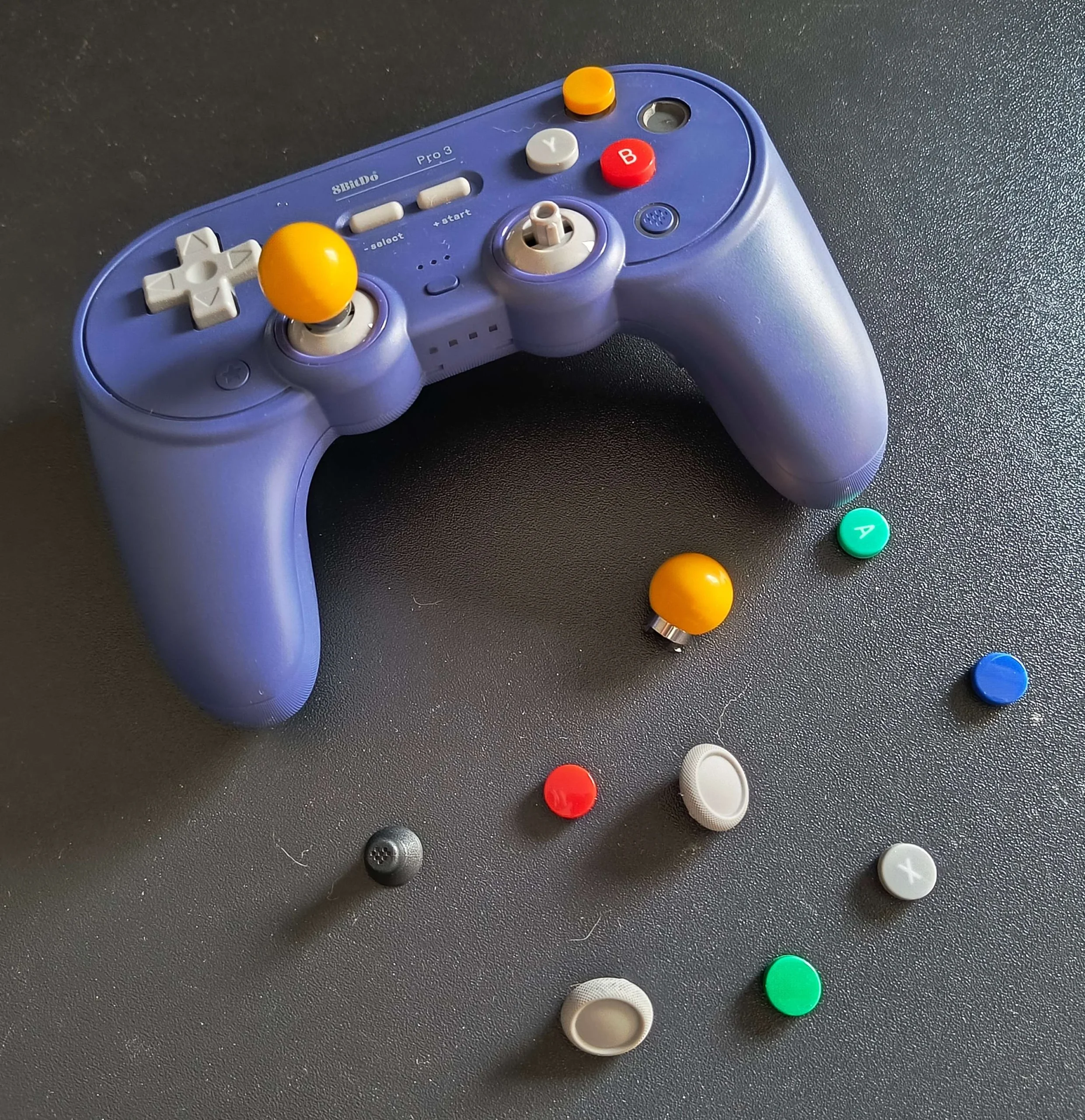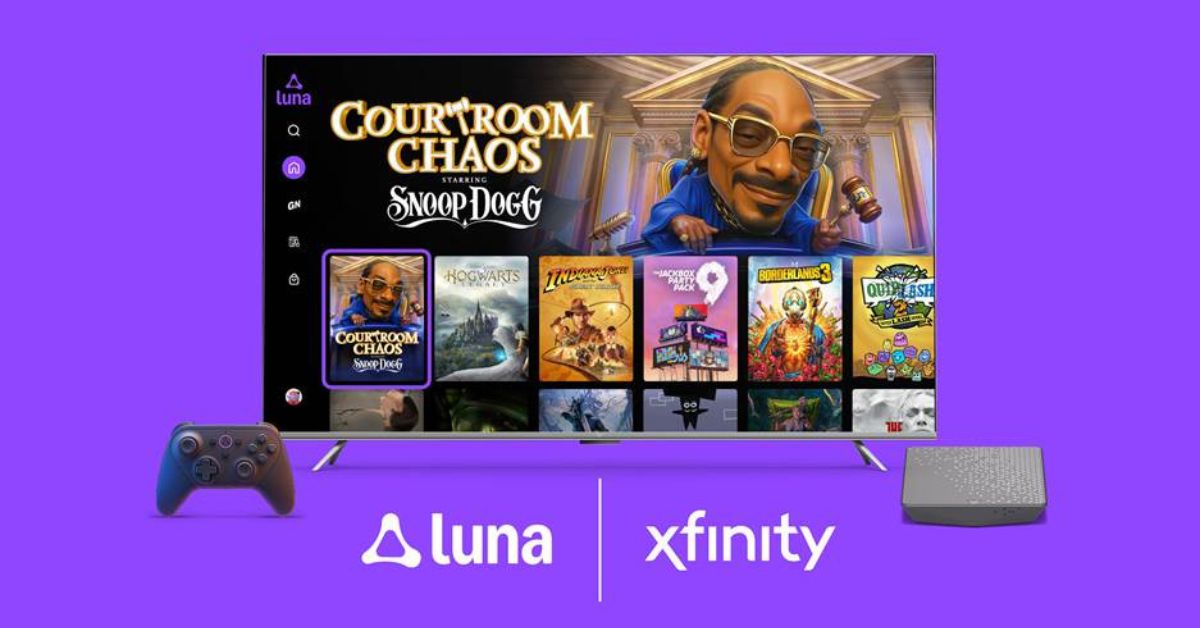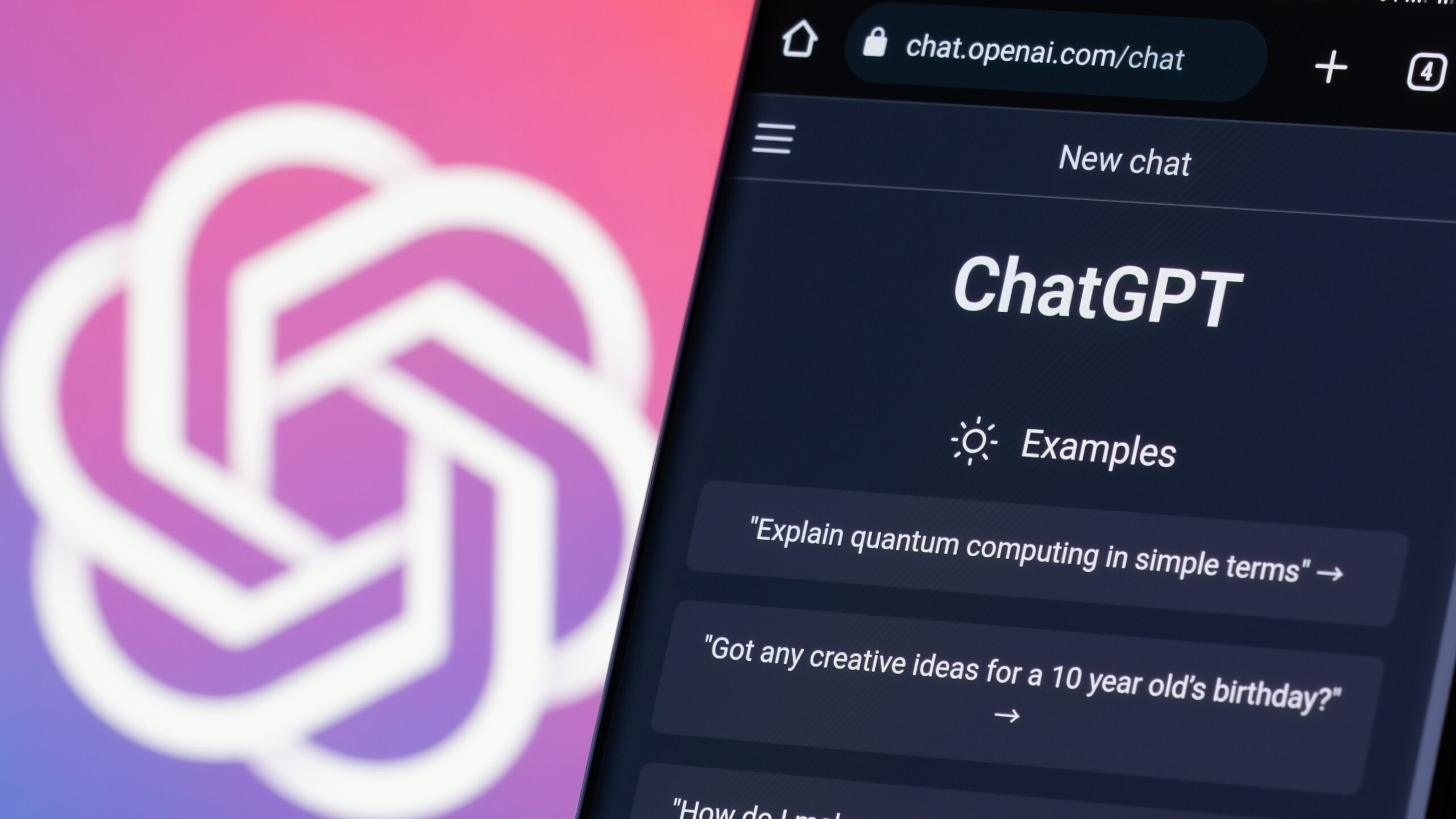When 8BitDo announced the Pro 3, I was immediately curious. I’ve used nearly every controller the company has released, and the Pro 2 was already one of my favorites for its balance of comfort and performance. So when the Pro 3 arrived with magnetic swappable buttons, upgraded joysticks, and new trigger options, I wanted to see if those changes would make a noticeable difference in real gaming sessions. After using it across multiple platforms for several days, I can say the Pro 3 delivers on most of its promises while leaving a few areas that still need fine tuning.
Design & Build
In hand, the Pro 3 feels familiar yet refreshed. The main shell and grip shape closely echo past 8BitDo Pro controllers, but weight distribution and finish feel a bit more premium. The plastic is matte and resists fingerprints better than I expected. The grips don’t have aggressive texture but are comfortable enough for long sessions.
The most noticeable new design feature is the magnetic swappable ABXY face buttons. You get a tool in the box to pop the buttons out and switch layouts, such as swapping between Nintendo and Xbox mapping. It’s clever in theory, and during my tests none of the buttons loosened or shifted during gameplay. Still, I can see how heavy use might test the magnet strength over time.
You also get two ball top joystick caps in the box, which you can switch in if you prefer an arcade feel. I tried those for fighting games, and they worked well, though for platformers and long RPG sessions I preferred the standard caps.
On the shoulder region, 8BitDo added smaller L4 and R4 buttons in between the triggers, along with more nuanced triggers overall. It took a few days to adjust to the new layout, but once my fingers adapted, the placement felt natural. The triggers offer two modes: a linear Hall effect mode for precision control, and a snappier microswitch mode for faster response. The D-pad also feels more deliberate and clicky than the Pro 2, which I appreciated for retro titles.
One change I didn’t love is the non removable 1000 mAh battery. Older 8BitDo controllers let you replace the battery easily, but this one is sealed inside. If it ever loses capacity, you’ll need to open the shell to replace it.
The charging dock is a nice addition. It holds the controller upright and even has a slot to store the 2.4 GHz dongle. Having a set place for the controller when not in use helped keep my setup tidy.
Performance & Features
Precision and Drift Resistance
The Pro 3’s biggest upgrade is its use of TMR (Tunnel Magneto Resistance) joysticks, designed to improve accuracy and reduce drift. During my time with it, movement was smooth and consistent. In shooters and racing games, small stick inputs registered precisely, and I didn’t experience any drift.
Modes and Compatibility
The controller supports Bluetooth, 2.4 GHz wireless, and wired USB C connections. Switching between modes was quick and reliable. I used it on a Nintendo Switch, a PC, and a Steam Deck. Each platform recognized it easily, and all core functions worked as intended, including gyro controls on Switch.
The controller stores three profiles you can customize through 8BitDo’s Ultimate Software V2. I used the software to remap buttons, adjust sensitivity, and create macros. The customization depth is excellent, though occasionally switching between Bluetooth and dongle modes caused a brief remapping hiccup.
Extra Buttons and Triggers
The new L4 and R4 buttons let me map quick actions like dodge or reload without moving my thumbs off the sticks. It’s a nice convenience once you get used to the placement. The option to switch between linear and microswitch triggers adds flexibility depending on the genre you play. The improved D-pad was another highlight, especially for retro games and platformers.
Haptics, Rumble, and Motion
Rumble feedback is serviceable but not standout. It can feel too strong or too generic depending on the game. Motion controls worked well on Switch and PC, and latency remained minimal. One small frustration is that the Pro 3 cannot wake the Switch from sleep, something many first party controllers can do.
Battery, Software, and Connectivity
Battery life is rated for around 20 hours, and that matched my experience. Even after long sessions, I still had power left. The dock made recharging easy, and the controller rarely ran low. The software integration is solid on both PC and macOS, while console support is as complete as possible given platform limitations.
The non removable battery remains the biggest long term drawback. Over years of use it will degrade, and servicing it won’t be simple. The dock is helpful, but it does add another device to your desk.
Pros
- Excellent precision and drift resistance from TMR joysticks
- Magnetic swappable face buttons for layout flexibility
- Multiple connection modes (Bluetooth, 2.4 GHz, wired)
- Dual trigger styles and extra L4 and R4 buttons
- Robust customization through Ultimate Software V2
- Charging dock with storage for dongle
- Reliable battery life
Cons
- Non removable battery limits long term serviceability
- Magnetic face buttons may wear over time
- Rumble feels average
- Cannot wake Switch from sleep
- Extra button placement not ideal for all hand sizes
- Minor mapping issues when switching connection modes
Verdict
The Pro 3 offers a near perfect balance of customization, performance, and cross platform compatibility. The TMR joysticks, flexible trigger modes, and software tuning make it a standout controller for its price. Still, the sealed battery and average rumble stop it from being truly elite. If you want a versatile controller that works across PC, Switch, and handhelds, the Pro 3 is an excellent choice with only a few manageable drawbacks.
Overall Score: 8.0 out of 10





